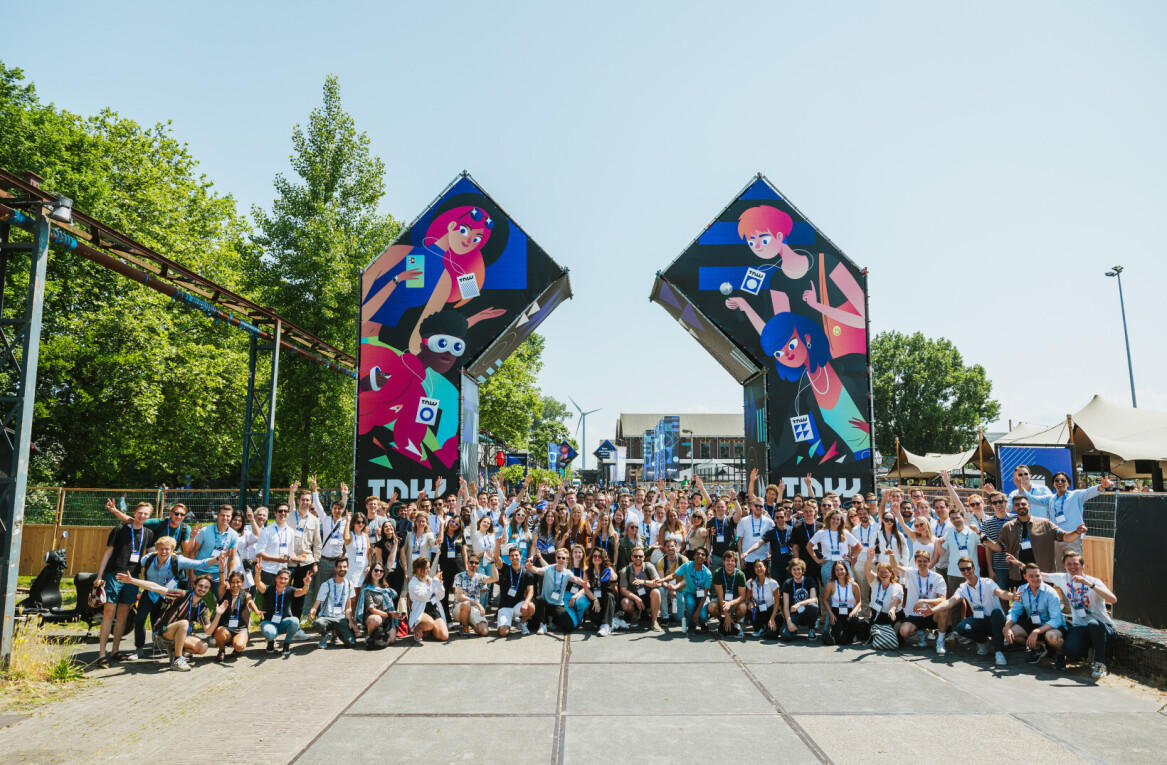
As VR is more likely than ever to make its way into your home, it’s vital that we have a kick-ass internet connection for a seamless experience. Unfortunately, it’s not as easy as you might think. Companies like Netflix are holding off on their VR plans — could this be due to the struggle for bandwidth? I spoke with Bryan Hill, Director of Marketing and Business Development at Interxion, to see what he thinks.
First off, Bryan explained to me that he has great expectations for VR. So do we — at TNW Conference, our Mixed Realities track is dedicated to its exciting future. But even he agrees that finding the proper internet speed to support VR interface is hard to accomplish. VR requires five times more bandwidth than HDTV — that’s a lot, in case it wasn’t clear. Is it possible that VR’s bright future is blinding us from reality?
If you don’t live in a big city, it might be a while
VR’s bandwidth obstacle “is not likely to change”, according to Bryan. Issues with latency and throughput are still causing headaches for media companies. The problem lies in the fact that VR’s bandwidth requirements need a close proximity to the source. Bryan explains:
Digital media companies offering VR experiences will have to place their content distribution nodes as close as possible to their most densely populated markets.
In other words, large cities are going to see proper capabilities first, leaving those living outside densely populated cities less opportunity to enjoy high-speed VR.
On the upside, cities could see these capabilities at least improving soon. Interxion is already expanding their data centres to prepare for the surge in VR use, in places such as London, Madrid, Brussels, and Marseille. So while the VR obstacle of bandwidth is “not likely to change,” at least we can start to see some progress. Ultimately, however, it depends on the consumer — we won’t see data centers scrambling to catch up to a demand that doesn’t exist.
“In AR and VR, caution and a more reasoned development plan might not be such a bad thing”
While the demand certainly does exist at present, Bryan also shared his thoughts on why this wasn’t always the case. Many companies have previously rushed into producing VR/AR content and failed (we’re looking at you, Google Glass). Either the consumer or the technology wasn’t ready for the changes that they wanted to implement.
A product needs to produce a solution to a consumer’s problem, and past efforts didn’t address this properly. The reason for launching a VR product can’t just be “because we can.”
This could also explain why Netflix is holding back — there hasn’t been a concrete need to see a movie in VR. At the same time, there are certainly desires for virtual reality in other spheres. From outer space to blockchain, people want a more immersive experience. I haven’t even mentioned gaming yet — it’s just a given.
Bryan also agrees that VR’s hype has a lot of potential this time around. Despite bandwidth issues, the new opportunities being developed could be the beginning of this great surge in VR use. From Google cardboard headsets to HTC’s Vive, there are some great projects in the works. Bryan’s even willing to put money on it:
Companies such as Facebook, Google, and Apple are investing huge amounts of Capex and Opex to get this right. I won’t bet against them pulling this off.
Now we just have to work on finding proper bandwidth, and making sure that it’s affordable. At TNW Conference in May, our Mixed Realities track walks you through the future of VR. With leading experts sharing their opinions and speculations, you’ll be in excellent hands.
Get the TNW newsletter
Get the most important tech news in your inbox each week.




